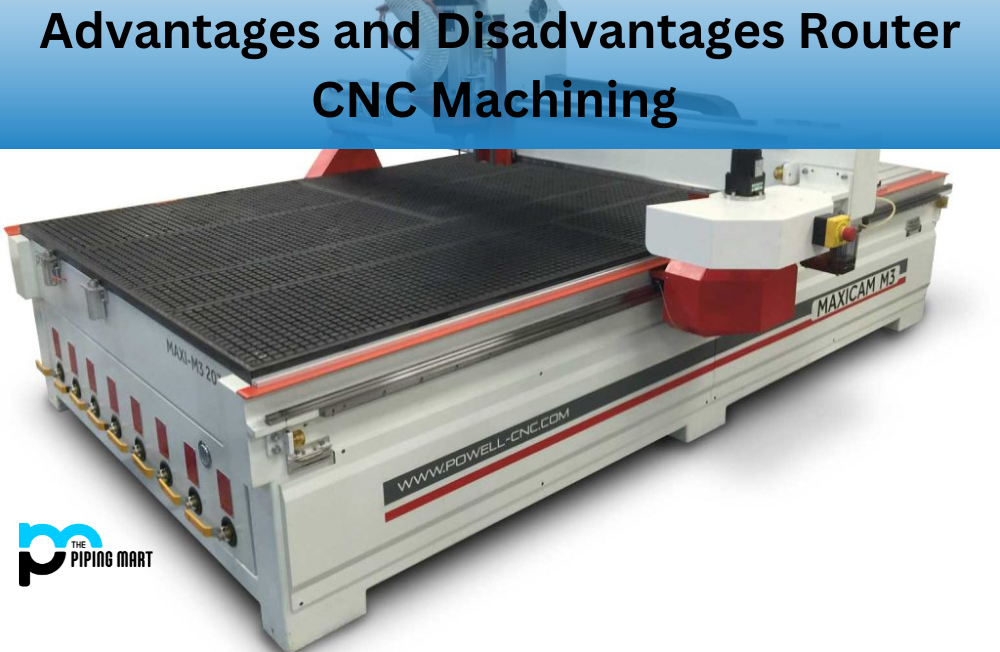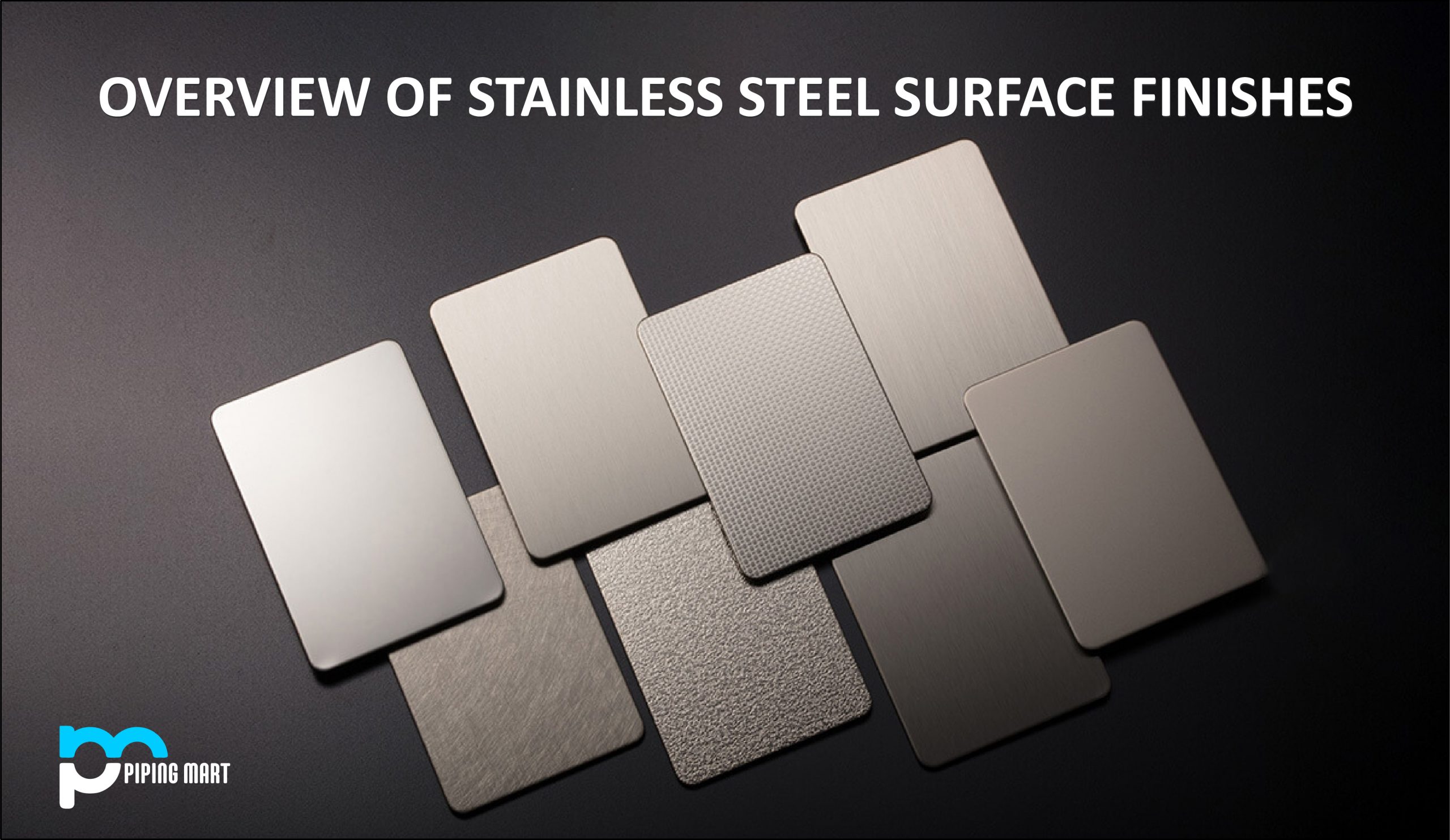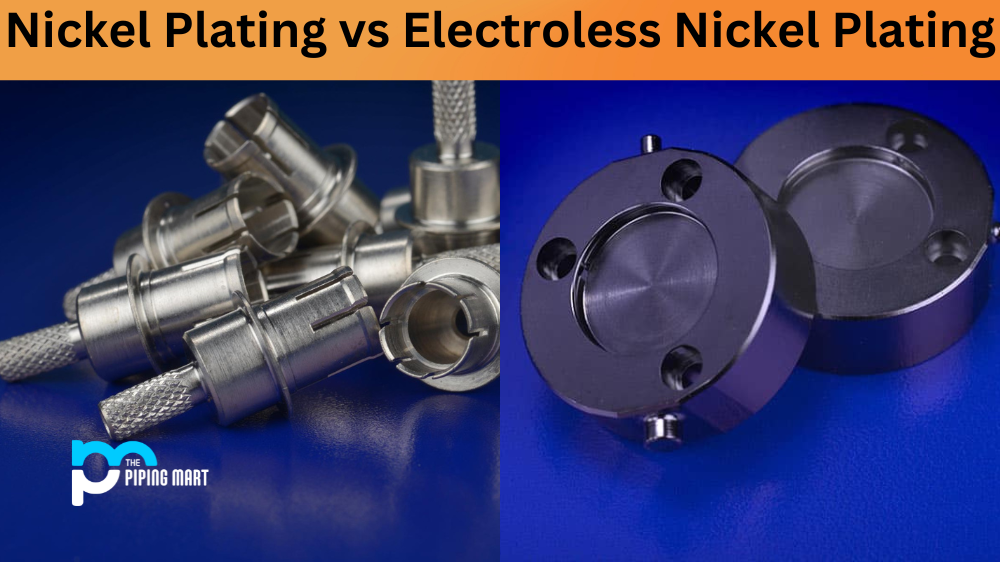Router CNC machining is a process that uses computer-controlled equipment to shape materials into various parts and components. It is used in many industries, from automotive to medical device manufacturing, as it provides precision and accuracy when cutting materials. But what exactly are the advantages and disadvantages of using router CNC machining? Let’s take a closer look.
Advantages of Router CNC Machining
The most significant advantage of using router CNC machining is its accuracy. Computer-controlled machinery can cut materials with extreme precision, which eliminates the need for manual measurements or calculations. This means that parts made with router CNC machining will be consistently accurate and uniform in size. Additionally, because the machinery is computer-controlled, it allows for faster production rates. This means you can produce more components in less time than traditional machining methods allow.
Another benefit of router CNC machining is its flexibility in creating complex shapes and designs. Traditional machining methods often require manual labour to cut intricate shapes or patterns. Still, with router CNC machining, you can easily program the machine to create any shape or design you want with ease. Finally, this type of machining also requires less maintenance over time than traditional methods since no physical tools are used during the process (such as blades).
Greater Accuracy
One of the primary advantages of router CNC machining is that it is much more accurate than traditional machining methods. This is because router CNC machines are computer-controlled, meaning they can follow precise instructions. This high level of accuracy is essential for many applications, such as the manufacture of medical devices or electronic components.
Increased Efficiency
Router CNC machining is also much more efficient than traditional machining methods. This is because router CNC machines can work for long periods without needing to be stopped for maintenance or repairs. Additionally, router CNC machines can often work faster than traditional machining methods, meaning more parts can be produced in a shorter period.
Greater Versatility
Another advantage of router CNC machining is that it is much more versatile than traditional machining methods. This is because router CNC machines can create parts from various materials, including metals, plastics, and composites. Additionally, router CNC machines can be used to create parts with a variety of different shapes and sizes.
Reduced Waste
Router CNC machining also tends to produce less waste than traditional machining methods. This is because router CNC machines can create parts with very tight tolerances, meaning less material waste. Additionally, many router CNC machines come equipped with built-in coolant systems that help to reduce chip waste.
Lower Cost
Finally, router CNC machining often costs less than traditional machining methods. This is because router CNC machines are typically much cheaper to purchase and maintain than traditional machining equipment. Additionally, the increased efficiency of router CNC machining often leads to lower production costs per part.
Disadvantages of Router CNC Machining
One downside of using router CNC machining is its cost; these machines are typically more expensive than other manufacturing types due to their precision and accuracy. Additionally, because these machines are computer-controlled, they may require specialized knowledge from an operator to properly set up parameters for each job—this may also incur additional costs in terms of training personnel on how to use the machinery properly. Finally, this type of machinery takes up a lot more space than traditional methods due to its size and complexity.
Limited Materials
One of the primary disadvantages of router CNC machining is that it is limited to certain materials. Router CNC machines are designed to work with softer materials, such as wood, plastics, and aluminium. Harder materials, such as steel and titanium, cannot be machined using this method.
Limited Accuracy
Another disadvantage of router CNC machining is that it is less accurate than other methods of CNC machining. This is because router bits are designed to remove material quickly, which can lead to inaccuracies in the finished product. If extreme accuracy is required, another method of CNC machining should be used.
Limited Speed
Router CNC machining is also limited in terms of speed. Due to the nature of the router bits, they can rotate at a certain speed without breaking. This means that router CNC machines cannot achieve the high speeds that other types can.
Requires Specialized Training
Another disadvantage of router CNC machining is that it requires specialized training to operate properly. Unlike other types of CNC machines, which can be operated by anyone with a basic understanding of computers, router CNC machines require specific training to be used effectively.
High Initial Cost
Finally, another disadvantage of router CNC machining is its high initial cost. Router CNC machines are typically more expensive than other types, making them prohibitive for some businesses.
Conclusion:
Router CNC machining has many advantages over traditional methods, such as precision and accuracy when cutting materials into various parts or components. It also allows for faster production rates and greater flexibility when designing complex shapes or patterns. However, some drawbacks are associated with this type of machinery, such as cost and space requirements—so make sure you consider all factors before investing in any router CNC machines for your business needs!

Abhishek is a seasoned blogger and industry expert, sharing his insights and knowledge on various topics. With his research, Abhishek offers valuable insights and tips for professionals and enthusiasts. Follow him for expert advice on the latest trends and developments in the metal industry.



